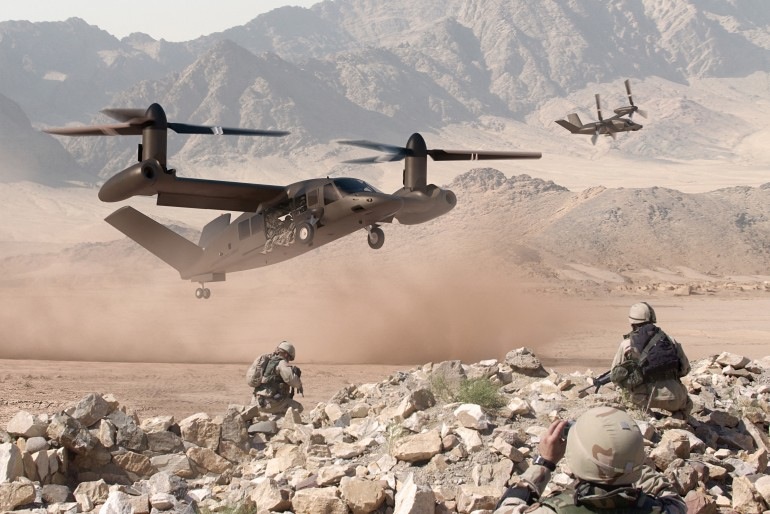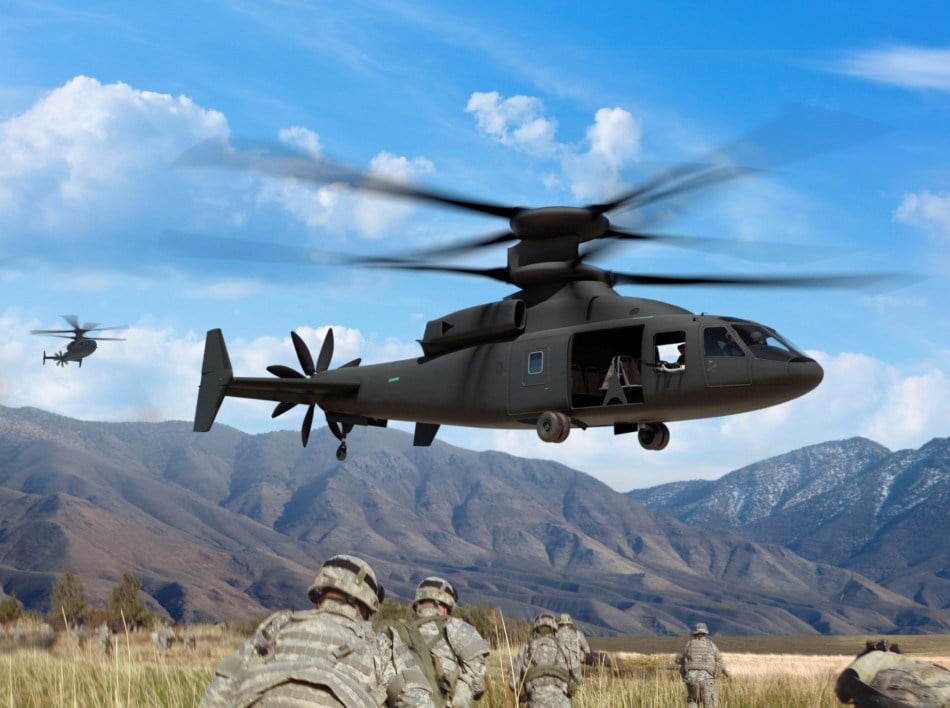Would someone tell me more about these hovering "maneuverability limitations" of the V-22 that I never noticed in 11 years of flying them?
It's a 48,000 pound aircraft, not a MD-500, yes. But I flew plenty of -46 time before, and other than maybe a being able to reverse direction quickly while air taxiing sideways (which is a maneuver of pretty limited utility IMO), I have no idea what the hell you people are talking about.
I would assume that the high disc loading of the smaller proprotor would put you at a disadvantage compared to a similar sized aircraft with a traditional rotor system such as a Chinook.
I could see the Army in 20 years having the S-97 as a scout, the V-280 as medium-lift and attack and the venerable CH-47 as heavy lift - none of which have a tail-rotor. Using 25% of your power to simply keep from spinning has always seemed like a waste...



